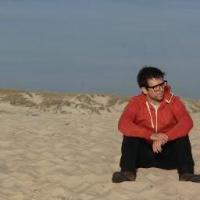How to make booting from USB 2.0 faster if BIOS only supports 1.1?
For Linux it's keeping initrd slim.
For DOS it is loading big ramdisk after USB 2.0 drivers.
For EWF XP it's OK
But how to do it for XP RAM (SDI or IMA) booting?
You can make copies of all pre-big-switch files outside of the image and boot same way as to EWF mode.
But how to load image after the big-switch?
Or may the solution be loading a bootable SDI from DOS?
I am trying to kexec SDI (I added SDI format support), but for now it just reboots.
SysLinux (I applied the patch to 2.13) loads the same SDI OK.
Thank you!

















